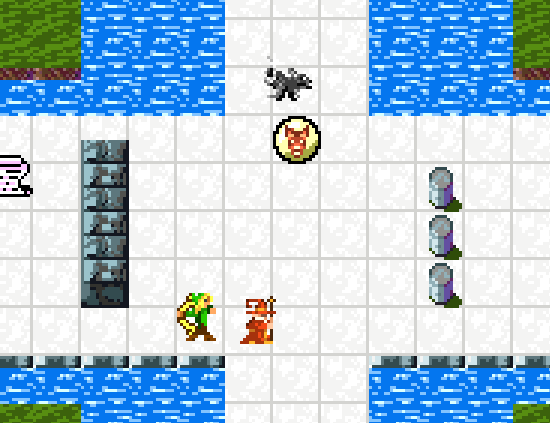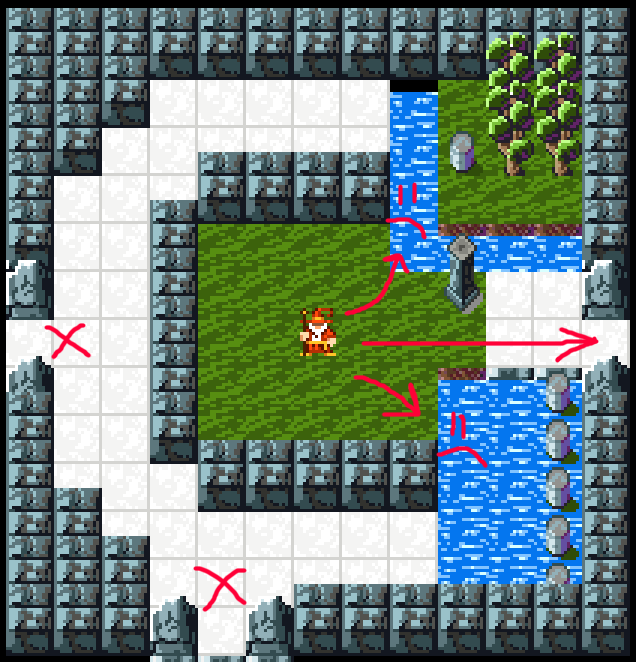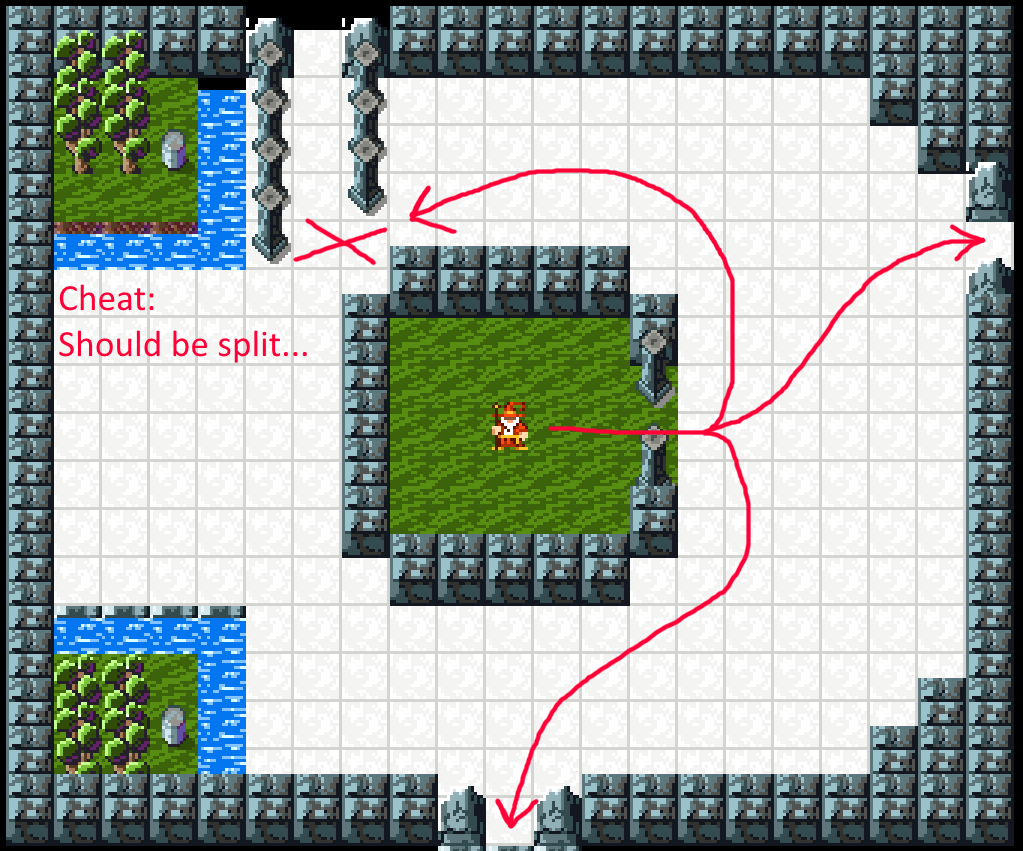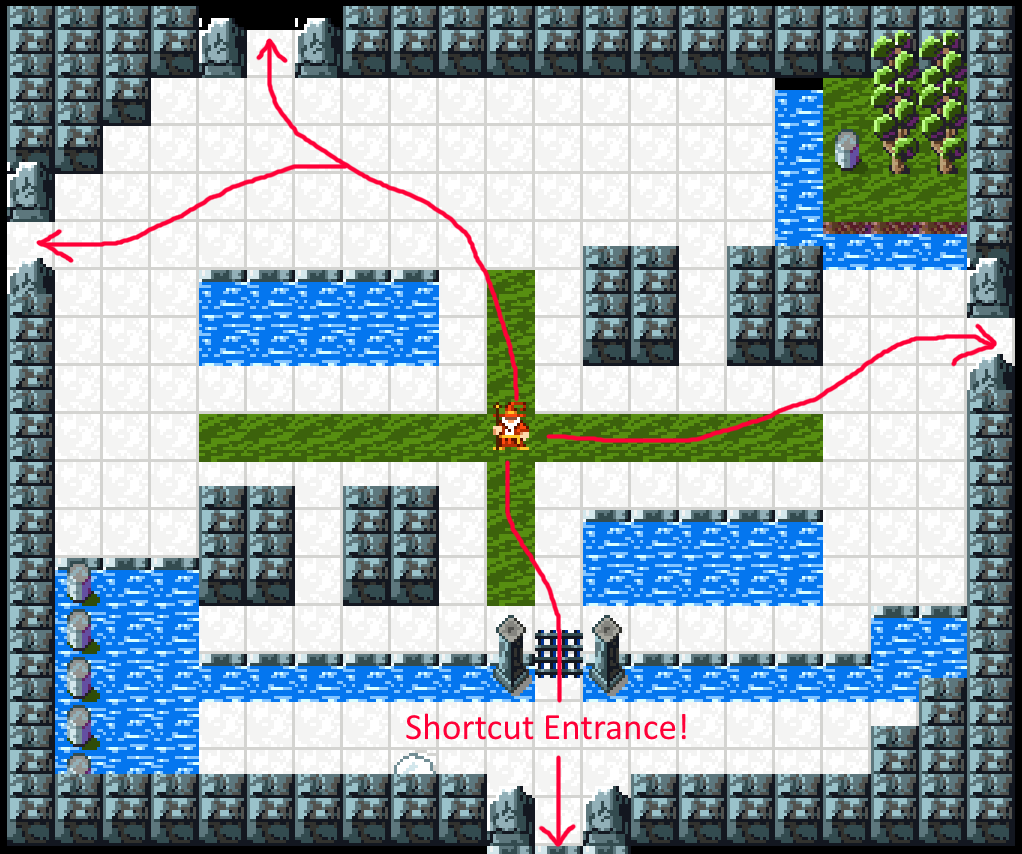Part of the code upgrade from Soulcaster 2 to Soulcaster 3 is the way creatures attack one another. Since we’re going to have lots of complex equipment, magic, and creatures in the game, there needs to be a flexible system that can handle a wide variety of special abilities: Life steal, stuns, poison, regen, invulnerability, mind control… All of these things need special code, and need to be informed of the events of an attack so they can play their special role.
Exposing events for customization like this is called adding hooks.
There are two phases to any attack: targeting (finding a suitable foe) and collision (the actual hit where damage is done). Let’s look at both of these in depth to see how it handles everything behind the scenes.



